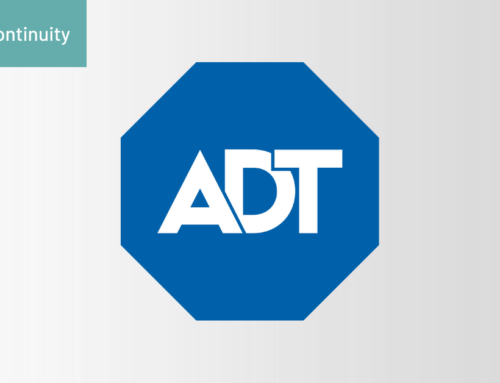Project Description

A case study from HomeStreet Bank
Advice from veteran Onspring user Chris Redner, AVP, ERM Systems & Operations Manager of HomeStreet Bank, who has created efficiencies from enterprise risk to incident management to customer experience and corporate insurance compliance.
“Unleash your creativity.”
Four pieces of advice, no matter where you’re at in your use of Onspring
1. Always start with a plan
You can’t say, “I want it to do this,” unless you know what “this” is. So, go through a few iterations of what your end goal looks like in order to create the right process and really get it right.
2. Start with a process. Any process.
One way to get started with a new use case in Onspring is to first pick one specific process you want to improve. Look at the steps involved to determine where you can create efficiencies using automation, then move forward with configuring, playing with formulas, and building dashboards.
3. Information gather across departments
What worked for us was finding out where our teams’ pain points were so we could alleviate those issues. When you can make things easier, you see less push back. Sometimes building a proof-of-concept demonstrates how you can help make their lives better.
4. There’s nothing you can do to really mess up.
When configuring, don’t worry that you’re going to break something, you can always “un-configure it.” And if needed, reach out to support – there is a team dedicated to helping you.
Play around. See what happens if you ‘push this button’ or ‘build this field.’ You might not need that function right then, but you may need it later down the road.
Game-changing Onspring feature-function uses by HomeStreet Bank
Surveys
Problem: HomeStreet Bank needed a mechanism to record and report operational losses.
Solution: Chris built a survey in Onspring that submitted information directly into an application the risk management team could evaluate in real-time to assess any losses, track them, edit if necessary, and then follow through with appropriate action plans.
Results:
- Eradicated information bottlenecks
- Put action into the hands of the people who manage the data
- Eliminated user errors and unnecessary intermediate steps
User Roles
Problem: Confidential information at HomeStreet Bank had to be confined to specific team members.
Solution: To manage privacy, Chris restricted fields in Onspring to certain groups to confirm only the correct team members could see and approve some information and only a limited number of team members could delete information.
Results: Managing processes with confidential information became a lot easier, including customer complaints and sensitive financial data.
Formulas
Problem: HomeStreet Bank needed more accuracy in risk assessments by lines of business.
Solution: What was previously managed in spreadsheets with 30 tabs and formula mistakes, Chris built as individual risk assessments in separate applications using formulas to roll data into one overall enterprise-level view.
Results: Accurate views of enterprise-wide risk.
Pro-tips for your first time or fiftieth
For Newbies
Be brave. Once you step your toes in it, it’s not difficult. You will never be alone and you can always get help from Onspring.
For Old Hats
- Unleash your creativity.
- Ask yourself, “What else can we do? Where else can we go with this?”
- Go back to look at your initial applications objectively. What you built the first time will likely evolve and change.
- Let people tell you what they think about the process and optimize to make it better for them. You’re ultimately building this for your end users – listen to them.
- Make an effort to meet as many people as you can.
- Ask what others are doing with their use of Onspring, especially those outside your industry.
- Talk to the Onspring team. They are full of ideas and if you don’t know how to build something, they’ll know how to start.
- Talk to veterans like me who have learned enough to know the pitfalls and the best practices.
- Afterward, reach out to the people you met. I’ve scheduled standing meetings with some and others I meet for coffee or cocktails.
Download this case study






